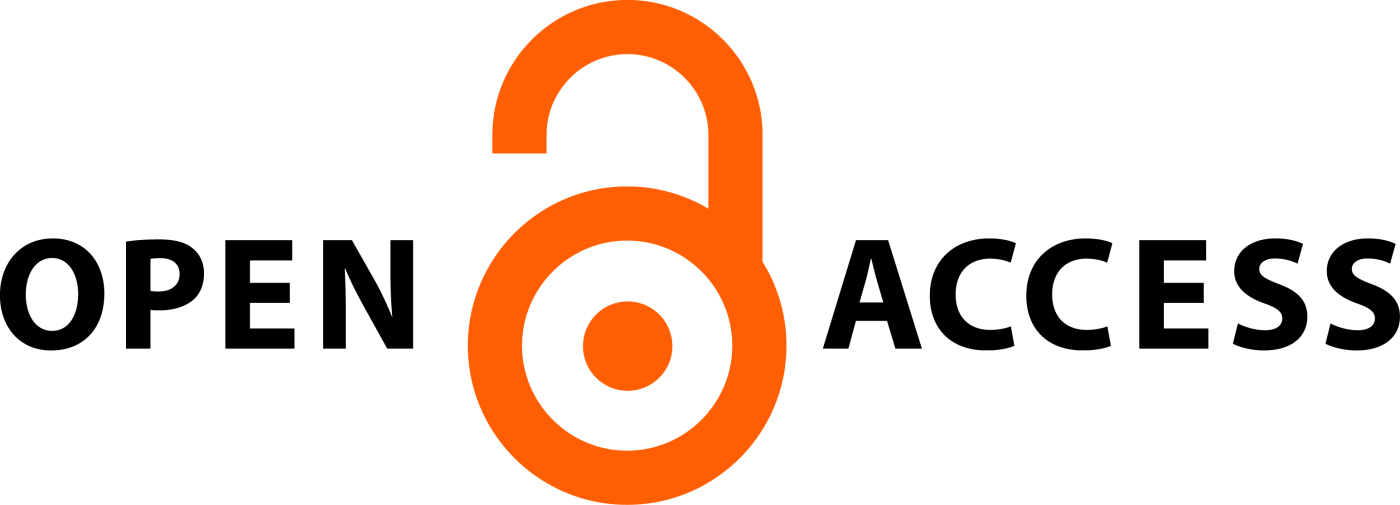THE ROLE OF ARTIFICIAL INTELLIGENCE IN MODERN PHARMACOGNOSY: ADVANCES AND APPLICATIONS
Abstract
A new era of natural product research has been brought about by the application of computational intelligence (also known as AI) into pharmacognosy, which has greatly improved the identification, examination, and creation of therapeutic chemicals originating from natural sources. This review comprehensively examines the role of AI in modern pharmacognosy, highlighting recent advances and diverse applications. Key areas of focus include AI-driven methods for natural product identification, compound isolation, bioactivity prediction, and structure elucidation. Machine learning algorithms and neural networks are increasingly utilized to analyze complex biological data, predict pharmacological properties, and streamline the drug discovery process. Furthermore, AI technologies facilitate the optimization of extraction processes and the development of novel formulations, contributing to improved efficacy and safety profiles of natural products. Case studies illustrate successful implementations of AI in pharmacognosy, demonstrating its potential to overcome traditional challenges and accelerate research timelines. This review also highlights some biological activities predicted with the help of AI. It also discusses the ethical considerations, potential limitations, and future directions of AI applications in this field. Overall, AI stands as a transformative tool in modern pharmacognosy, offering unprecedented opportunities for advancing natural product research and development.
Downloads
All the articles published in JAPSR are distributed under a creative commons license (CC BY-NC-SA 4.0)
Under this license, you are free to:
- Share- copy and redistribute the material in any medium or format for any purpose, even commercially.
- Adapt- remix, transform, and build upon the material for any purpose, even commercially.
The licensor cannot revoke these freedoms as long as you follow the license terms.
- Attribution — You must give appropriate credit , provide a link to the license, and indicate if changes were made . You may do so in any reasonable manner, but not in any way that suggests the licensor endorses you or your use.
- NonCommercial — You may not use the material for commercial purposes .
- ShareAlike — If you remix, transform, or build upon the material, you must distribute your contributions under the same license as the original.
- No additional restrictions — You may not apply legal terms or technological measures that legally restrict others from doing anything the license permits.
Copyright policy
The journal allows the author(s) to hold the copyright of their work. That means the authors do not need to transfer the copyright of their work to the journal. However, the authors grant JAPSR a license to publish the article and identify itself as the original publisher.
Licensing policy
The journal allows the author(s) to hold the copyright of their work. That means the authors do not need to transfer the copyright of their work to the journal. However, the authors grant JAPSR a license to publish the article and identify itself as the original publisher.






